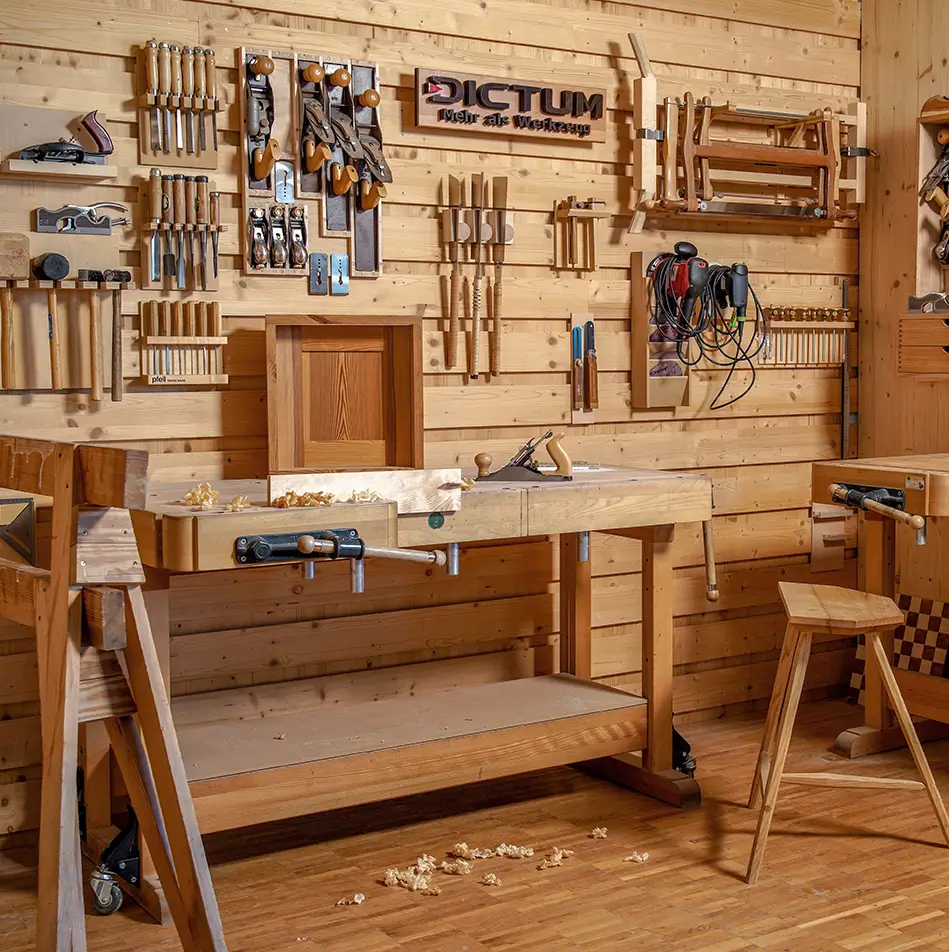Surface treatment
- Wood identification, storage, sawing
- Carving and sculpting
- Furniture making / general woodworking
- Carpentry / timber construction
- Traditional techniques
- Tools
- Woodturning
-
Surface treatment
- Bow making
- Boatbuilding
- Sharpening
- Blacksmithing / working with steel
- Knife making
- Leathercraft / jewellery
- Gardening / nature / travel
- Hunting / outdoor
- Cookery and recipes
- Wooden toys
- DVDs



